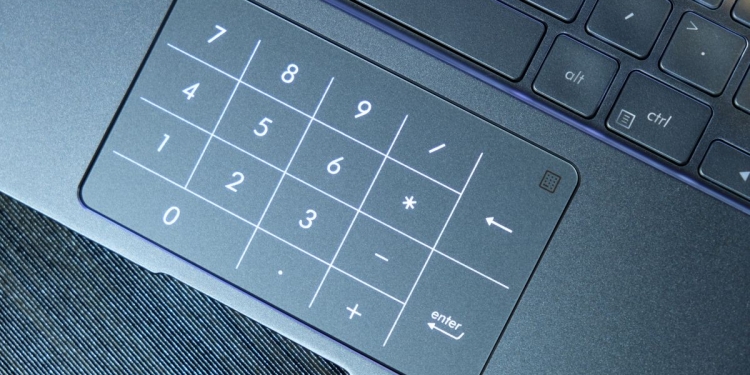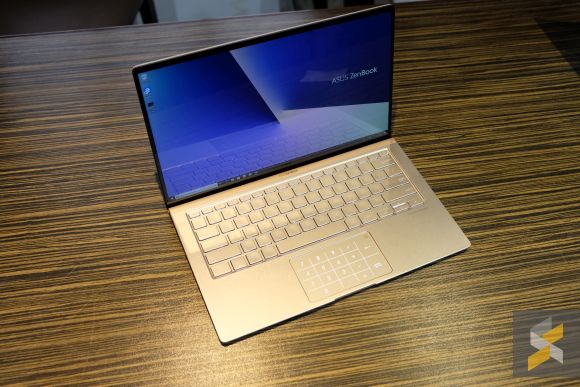I don’t know if you remember, but ASUS debuted something really interesting earlier this year when they launched the brand new ZenBook Pro. I mean, they put a 5.5-inch Full HD display right where the touchpad was and I really liked it. It certainly seemed like a more practical approach than something like TouchBar.
Still, I get that that might be a little over the top for some. But, I do think ASUS was onto something when they turned to the touchpad as their next point of innovation. And it looks like they did too, because they’ve started tweaking even the touchpads on their more consumer-friendly ZenBooks.
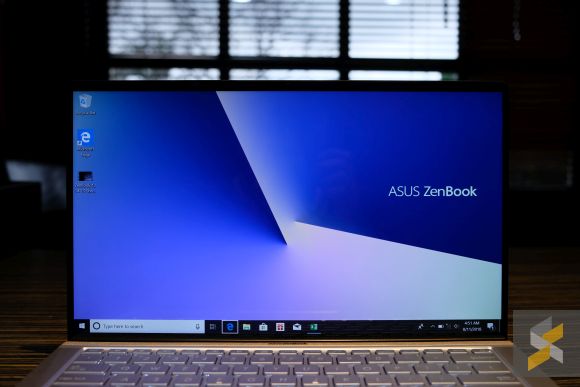
At the end of last month, ASUS launched their brand new ZenBook 13, ZenBook 14 and ZenBook 15 laptops which — in true ASUS fashion — they claim are the “world’s most compact 13.3-inch, 14-inch and 15.6-inch laptops”. It’s kind of like that time when they said that one of their devices was the world’s thinnest 14″ laptop that fits in a chassis of a 13-inch laptop. It’s an achievement, sure, but when the margins are that narrow, it doesn’t have quite the same impact.
Nevertheless, I actually got to spend a quick minute with these laptops and their brand new feature: A touchpad that also doubles as a numpad.
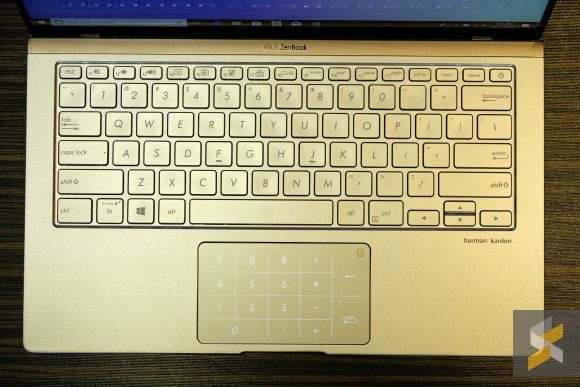
I know, I know, you’ve seen this before. In fact, ASUS themselves already have two gaming laptops in their stable that have this feature. But, while those felt like compromises due to the laptop’s form-factor, the ones on the ZenBook do not.
At a glance, the touchpad looks perfectly normal, like any other touchpad you’d find in the market. But, if you tap the little calculator icon, the touchpad’s LEDs will light up and you’ll be greeted with what looks like a numpad that’s drawn onto your touchpad.
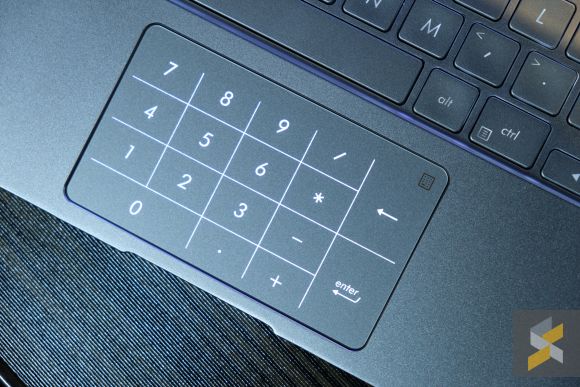
From here, you can just use it like you would a normal numpad, sans the physical click of a key, of course. But, it gets the job done, and you’ve even got an enter and backspace key for those complicated excel sheets. If you’re a habitual numpad user, this will probably take some getting used to because of its position and its — well, lack of buttons — but the good news is that now you have the option to have a numpad on a 13” and 14” laptop (the ZenBook 15 still uses a physical numpad).
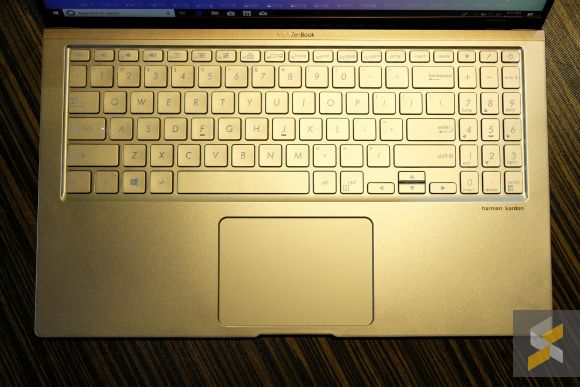
I like that in a form-factor that’s pretty much as old as time, ASUS still found a way to innovate in a somewhat meaningful way, without forcing users away from what they’re already used to. Granted, it’s not quite as significant as something like their ScreenPad, but it’s still ASUS making use of space that would otherwise only have a singular purpose.
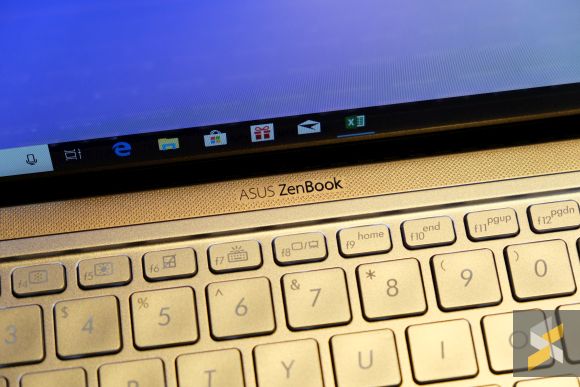
Besides, If you’re like me and you don’t particularly care for a numpad on laptops, you can just turn it off and never use them. In fact, ASUS has told me that they’re also selling ZenBooks without this feature so you can opt for that instead.
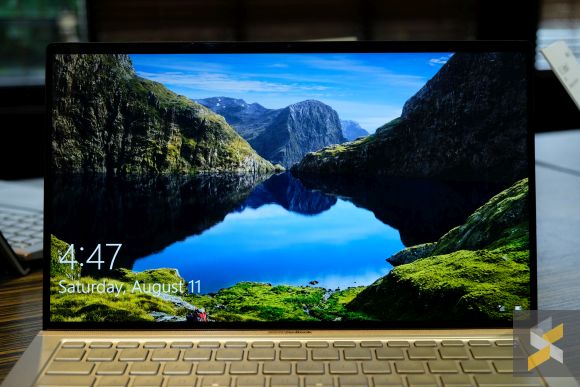
The new ZenBooks themselves are actually really solid devices. In my brief time with them, the thing that really stuck out to me was how compact these laptops are. I know, I made fun of their claims earlier in this article, but I have to admit that these are very portable laptops and portability is something I’m always excited about.
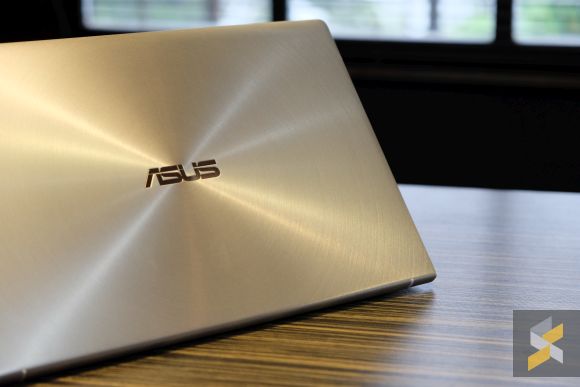
Both the ZenBook 13 and 14 are also pretty light, weighing in at just a hair over 1kg, while the larger ZenBook 15 is a little heavier coming in at around 1.6kg. That said, all three laptops are built pretty well with no unacceptable flexing anywhere. The keyboards are also decent to type on so I have no big complaints with build quality here.
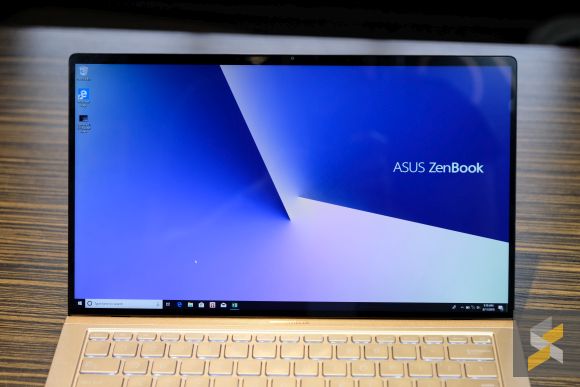
Because they were able to shave the bezels down so much, the device’s footprint is very tiny and the slim borders definitely help improve the laptop’s immersivity.

In fact, ASUS is claiming up to a 95% screen-to-body ratio which is absolutely crazy on a laptop especially considering the fact that they were still able to keep the webcam at the top. As far as resolution is concerned, the ZenBook 13 and 14 will have Full HD displays while the ZenBook 15 will come with a 4K option too.
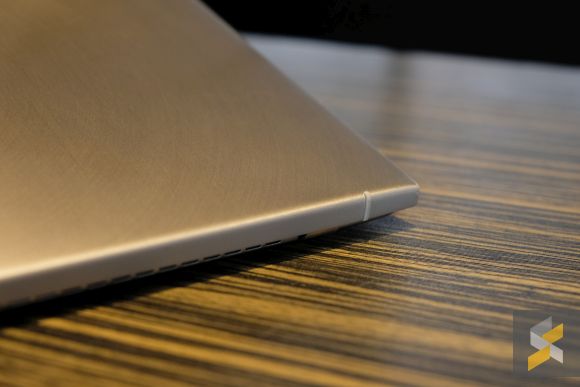
ASUS has also incorporated their ergo-lift hinge into the laptop’s design so the keyboard gets propped up a little when you open the screen for a more ergonomic design. For a laptop of this size, I have to say that the ports on them are pretty impressive too. You get two USB Type-A ports, a USB Type-C and an HDMI port on all three devices. My only qualm is that the full-sized SD card reader is only available on the largest ZenBook 15, while the other two smaller sizes are left with microSD card readers. That’s a big bummer for me because I don’t want the bulk of a 15.6” device but I also want a full-sized SD card reader.
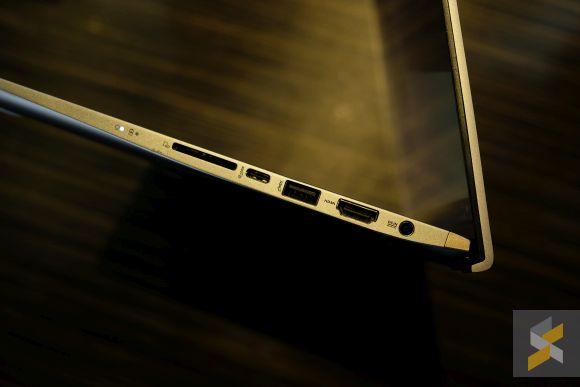
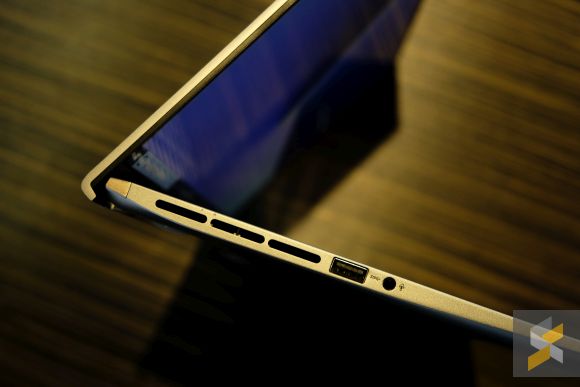
That said, at least ASUS didn’t skimp on power with these devices as you can configure the brand new ZenBooks to feature up to an 8th gen Intel Core i7-8265U processor, up to 16GB of RAM, up to 1TB of SSD storage and up to an NVIDIA GeForce GTX1050 Max-Q GPU on the ZenBook 15. The smaller ZenBook 13 and 14 on the other hand will have to make do with an NVIDIA GeForce MX150, but that’s pretty good for a device this small.
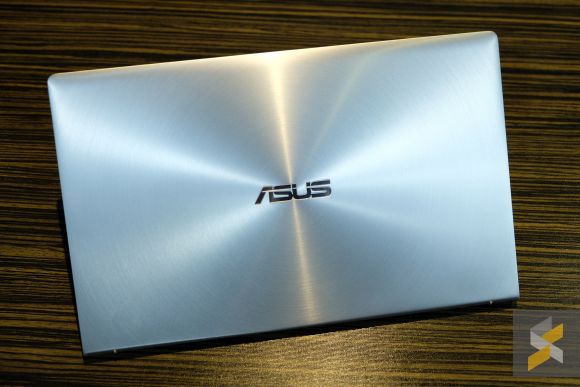
As a whole, I quite like the new trio of ZenBooks. They definitely tick a lot of the boxes I look for in a laptop though I’m not the biggest fan of how these devices tend to be designed. I also like the touch of innovation with the laptops’ touchpads, something ASUS definitely seems to be doubling down. Whether these innovations actually prove useful in the long run remains to be seen, though I will say that I see far fewer applications for this touchpad+numpad combo than I did with the ScreenPad.
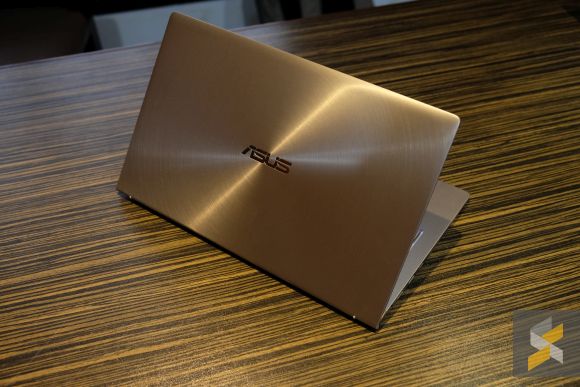
But, I think the key factor here is how much these devices will be priced in Malaysia should they arrive on our shores. So far, we’ve got no information on that but we’ll update you as soon as we hear more. In the meantime, if you want more details, you can head on over to the ASUS website.
What do you guys think of the new ZenBooks? Let me know in the comments below!

